

World Heritage Sites
designated by
UNESCO
the World Heritage Committee has inscribed 890 properties on the World Heritage List
The following are some I have visited:
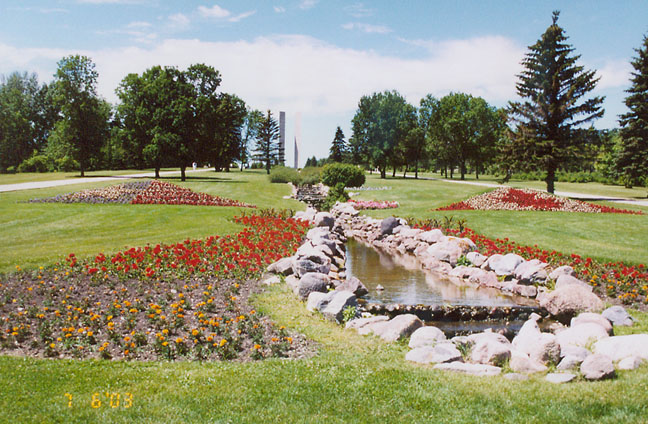
the gardens
In 1932 Waterton Lakes National Park
(Alberta, Canada) was combined with the Glacier National Park (Montana, United
States) to form the world's first International Peace Park. Situated on the
border between the two countries and offering outstanding scenery, the park is
exceptionally rich in plant and mammal species as well as prairie, forest, and
alpine and glacial features.
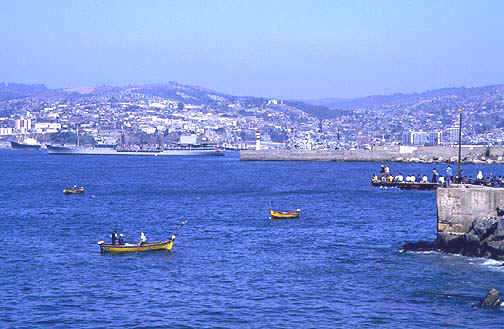
Valparaiso
The colonial city of Valparaķso
presents an excellent example of late 19th-century urban and architectural
development in Latin America. In its natural amphitheatre-like setting, the city
is characterized by a vernacular urban fabric adapted to the hillsides that are
dotted with a great variety of church spires. It contrasts with the geometrical
layout utilized in the plain. The city has well preserved its interesting early
industrial infrastructures, such as the numerous ‘elevators’ on the steep
hillsides.
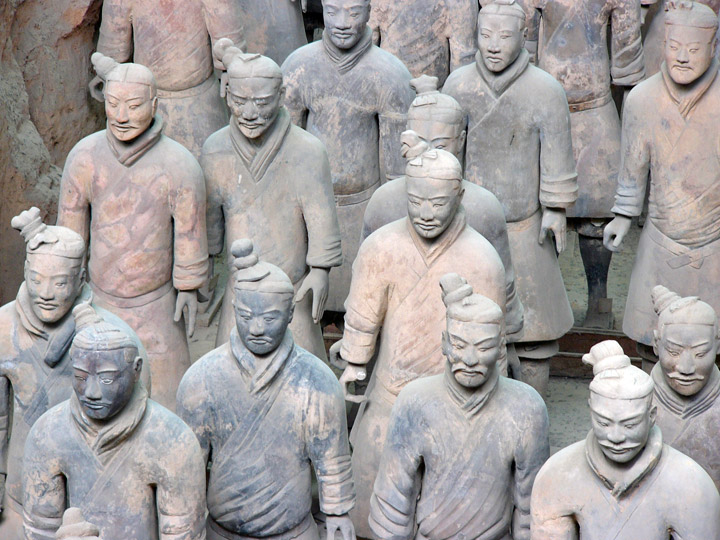
warriors in Pit 1
No doubt thousands of statues still
remain to be unearthed at this archaeological site, which was not discovered
until 1974. Qin (d. 210 B.C.), the first unifier of China, is buried, surrounded
by the famous terracotta warriors, at the centre of a complex designed to mirror
the urban plan of the capital, Xianyan. The small figures are all different;
with their horses, chariots and weapons, they are masterpieces of realism and
also of great historical interest.
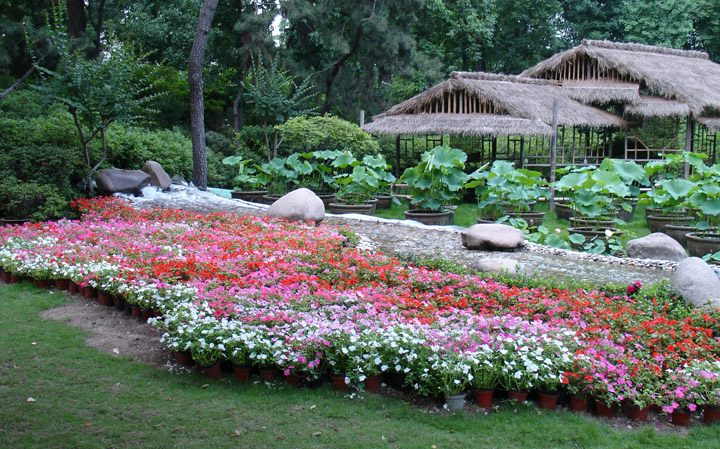
Garden of the Humble Administrator
Classical Chinese garden design,
which seeks to recreate natural landscapes in miniature, is nowhere better
illustrated than in the nine gardens in the historic city of Suzhou. They are
generally acknowledged to be masterpieces of the genre. Dating from the
11th-19th century, the gardens reflect the profound metaphysical importance of
natural beauty in Chinese culture in their meticulous design.

The Summer Palace
The Summer Palace in Beijing – first
built in 1750, largely destroyed in the war of 1860 and restored on its original
foundations in 1886 – is a masterpiece of Chinese landscape garden design. The
natural landscape of hills and open water is combined with artificial features
such as pavilions, halls, palaces, temples and bridges to form a harmonious
ensemble of outstanding aesthetic value.
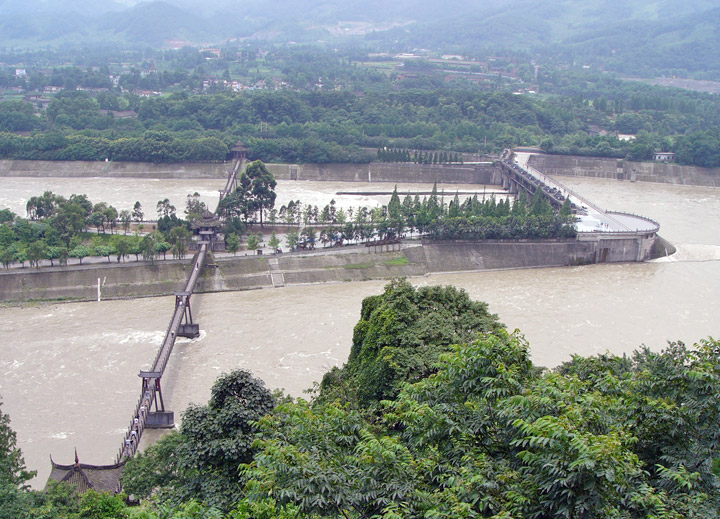
Construction of the Dujiangyan
irrigation system began in the 3rd century B.C. This system still controls the
waters of the Minjiang River and distributes it to the fertile farmland of the
Chengdu plains. Mount Qingcheng was the birthplace of Taoism, which is
celebrated in a series of ancient temples.
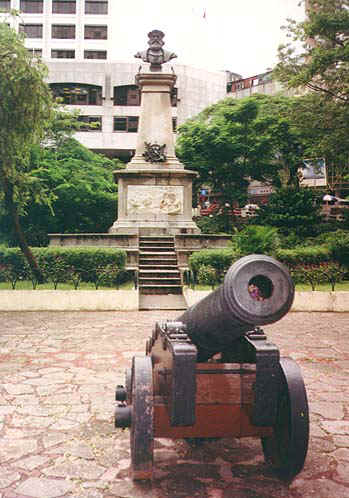
Vasco de Gama square
Macao, a lucrative port of strategic
importance in the development of international trade, was under Portuguese
administration from the mid 16th century until 1999, when it came under Chinese
sovereignty. With its historic street, residential, religious and public
Portuguese and Chinese buildings, the historic centre of Macao provides a unique
testimony to the meeting of aesthetic, cultural, architectural and technological
influences from East and West. The site also contains a fortress and a
lighthouse, which is the oldest in China. The site bears testimony to one of the
earliest and longest-lasting encounters between China and the West based on the
vibrancy of international trade.

Surrounded by two arms of the River
Ill, the Grande Ile (Big Island) is the historic centre of the Alsatian capital.
It has an outstanding complex of monuments within a fairly small area. The
cathedral, the four ancient churches and the Palais Rohan – former residence of
the prince-bishops – far from appearing as isolated monuments, form a district
that is characteristic of a medieval town and illustrates Strasbourg's evolution
from the 15th to the 18th century.
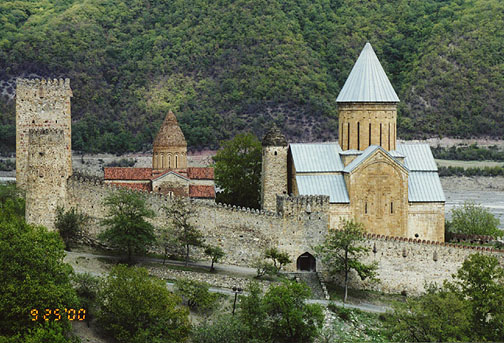
the cathedral
The historic churches of Mtskheta,
former capital of Georgia, are outstanding examples of medieval religious
architecture in the Caucasus. They show the high artistic and cultural level
attained by this ancient kingdom.
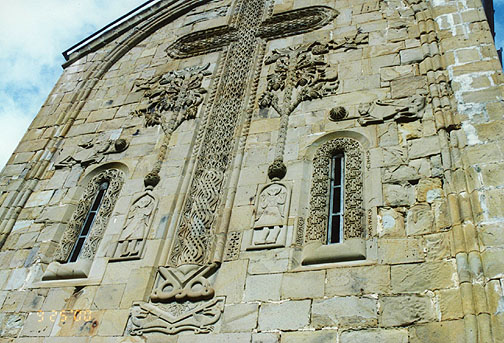
Svetitskhoveli
The construction of Bagrati
Cathedral, named after Bagrat III, the first king of united Georgia, started at
the end of the 10th century and was completed in the early years of the 11th
century. Although partly destroyed by the Turks in 1691, its ruins still lie in
the centre of Kutaisi. The Gelati Monastery, whose main buildings were erected
between the 12th and 17th centuries, is a well-preserved complex, with wonderful
mosaics and wall paintings. The cathedral and monastery represent the flowering
of medieval architecture in Georgia.

Die Weis pilgrimage church
Miraculously preserved in the
beautiful setting of an Alpine valley, the Church of Wies (1745–54), the work of
architect Dominikus Zimmermann, is a masterpiece of Bavarian Rococo – exuberant,
colorful and joyful.
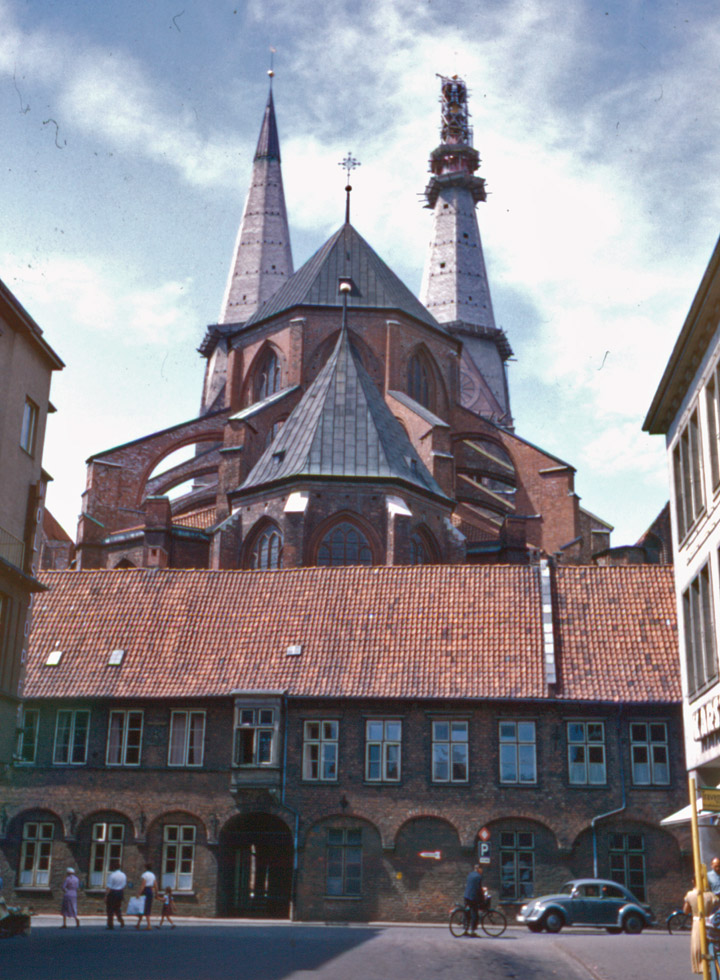
the cathedral (December 1957)
Lübeck – the former capital and Queen
City of the Hanseatic League – was founded in the 12th century and prospered
until the 16th century as the major trading centre for northern Europe. It has
remained a centre for maritime commerce to this day, particularly with the
Nordic countries. Despite the damage it suffered during the Second World War,
the basic structure of the old city, consisting mainly of 15th- and 16th-century
patrician residences, public monuments (the famous Holstentor brick gate),
churches and salt storehouses, remains unaltered.
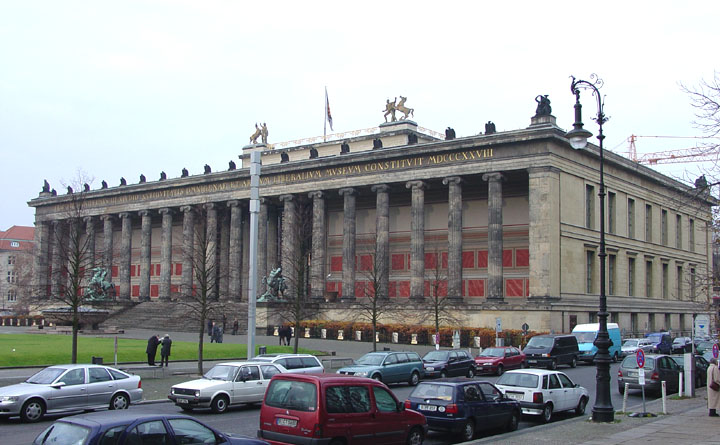
Altes Museum (designed by Schinkel 1823 - 1829)
The museum as a social phenomenon
owes its origins to the Age of Enlightenment in the 18th century. The five
museums on the Museumsinsel in Berlin, built between 1824 and 1930, are the
realization of a visionary project and show the evolution of approaches to
museum design over the course of the 20th century. Each museum was designed so
as to establish an organic connection with the art it houses. The importance of
the museum's collections – which trace the development of civilizations
throughout the ages – is enhanced by the urban and architectural quality of the
buildings.
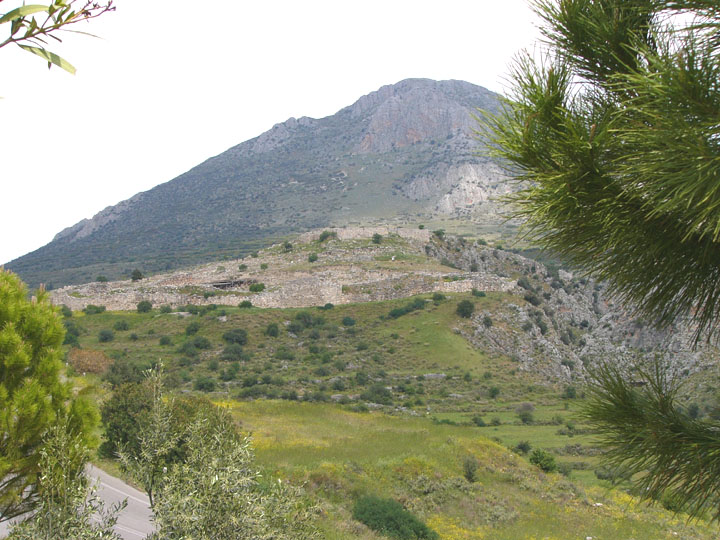
stronghold of Mycenae
The archaeological sites of Mycenae
and Tiryns are the imposing ruins of the two greatest cities of the Mycenaean
civilization, which dominated the eastern Mediterranean world from the 15th to
the 12th century B.C. and played a vital role in the development of classical
Greek culture. These two cities are indissolubly linked to the Homeric epics,
the Iliad and the Odyssey, which have influenced European art and literature for
more than three millennia.
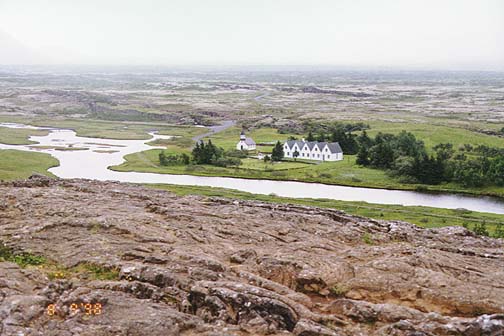
the site
of the first European parliament
(open air meeting)
Žingvellir (Thingvellir) is the
National Park where the Althing - an open-air assembly, which represented the
whole of Iceland - was established in 930 and continued to meet until 1798. Over
two weeks a year, the assembly set laws - seen as a covenant between free men -
and settled disputes. The Althing has deep historical and symbolic associations
for the people of Iceland.The property includes the Žingvellir National Park and
the remains of the Althing itself: fragments of around 50 booths built of turf
and stone. Remains from the 10th century are thought to be buried underground.
The site also includes remains of agricultural use from 18th and 19th centuries.
The park shows evidence of the way the landscape was husbanded over 1,000 years.
As of 7/1/2010 I have visited and
taken photos of
301 of the 890 World Heritage Sites in 148 countries.